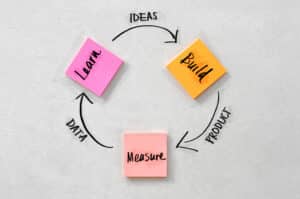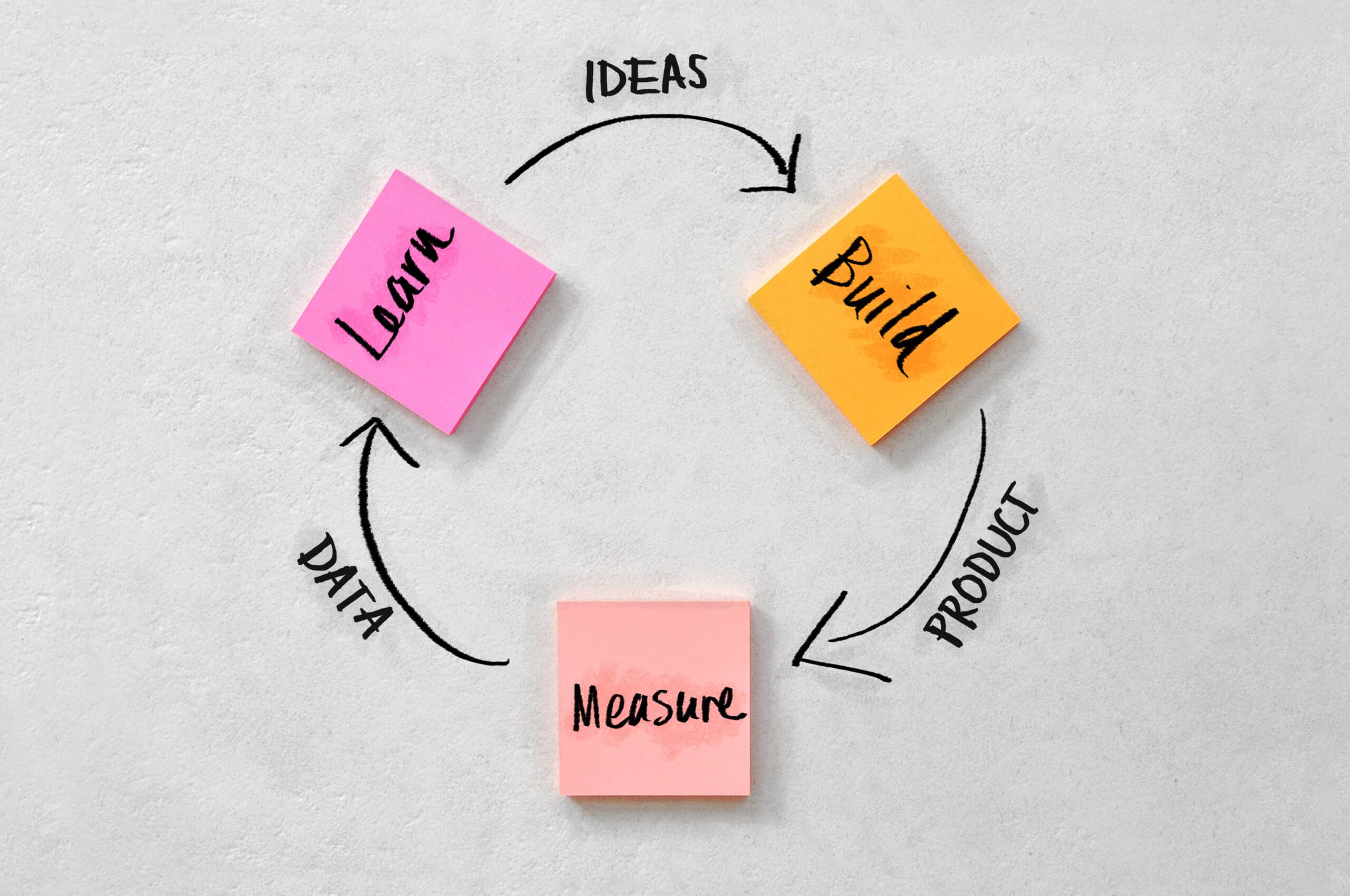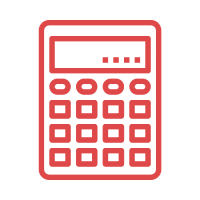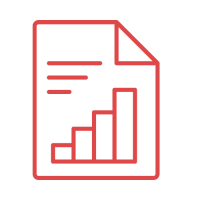What are the rules for working after retirement in Australia? Several Australians may find themselves after retiring from their 9 to 5 occupations at a bit of a loss. Some may decide that they aren’t ready to be fully retired and reenter the workforce in a new fashion. It’s a more common practice than you might think.
Those who reenter the workforce after their retirement must be aware of the technicalities involved in contributing to their superannuation.
Whether it is a result of pandemic-driven seachange or looking towards keeping occupied, retirees reentering into the workforce isn’t as uncommon as one might think. However, with your decision comes many technicalities that need consideration, especially superannuation.
Generally, one contributes to their superannuation to fund their retirement. Once you reach your retirement, you may access your superannuation to live off of it as a pension. In most cases, you assume that retirement means no more workforce, and it is time to live out the golden years.
So what if you hit retirement, take it, but then decide that you would prefer to return to the workforce. Let’s have a closer look at the rules for working after retirement in Australia.
Age Limits
Those who commence work again and are under 67 can contribute to their super fund in terms of superannuation contributions. Those over 67 must satisfy a ‘work test’ before contributing back into their super fund. The test involves working 40 hours within any 30-day cycle during the financial year the worker plans to contribute. This aspect is a critical timing issue for those engaging in part-time work with variable hours.
In the 2021-22 Federal Budget, the government announced that it planned to repeal the current work test for making super contributions for people aged between 67 and 74. The expected application of this change is 1 July 2022 as it is not at writing legislation.
The proposed repeal of the work test will only apply when making non-concessional (after-tax) contributions or salary sacrificed contributions.
If you wish to make a personal contribution for which you intend to claim a tax deduction, you will still be required to meet the work test requirements.
Types of Contributions
Returning workers can make two types of contributions: concessional and non-concessional contributions. Concessional or ‘before-tax’ contributions receive a 15% contributions tax when entering a super account.
Non-concessional (after-tax) contributions do not receive a contributions tax when entering a superfund. There is no tax since these contributions are (most likely) from an income that has paid tax. Owners of small businesses may be eligible for special capital gains tax (CGT) concessions when planning for retirement.
There is also an important distinction in regards to the type of work that returning workers must perform. To contribute back into a superfund, workers must work for “gain or reward”. In other words, those looking to contribute back into their super fund cannot engage in volunteer work and must receive some kind of salary.
This working requirement does not affect employer contributions (10 per cent of a salary) and relates to workers making additional contributions through after-tax contributions or salary sacrifice.
Workers can make super contributions up to the age of 74. Once workers reach the age of 75, they can make no more voluntary contributions. The restriction is because contributions (minus the mandatory employer contributions) must be discontinued at this date.
Retirement 2.0
After a few years of working, returning workers who decide to exit the workforce again will have their accumulation account built up from their most recent work. They can choose to start a new pension with their accumulation account (so they draw two separate pensions from their superfund) or stop their existing pension and add it to their accumulation account so that only one pension goes forward.
An individual’s circumstances dictate the decision to have one or multiple pensions. It may be worthwhile to maintain separate pensions or leave the accumulation account and rely on the existing pension account. You can speak with us for information that may be more tailored to your situation. Alternatively, discuss your options with your super provider or specialist.













